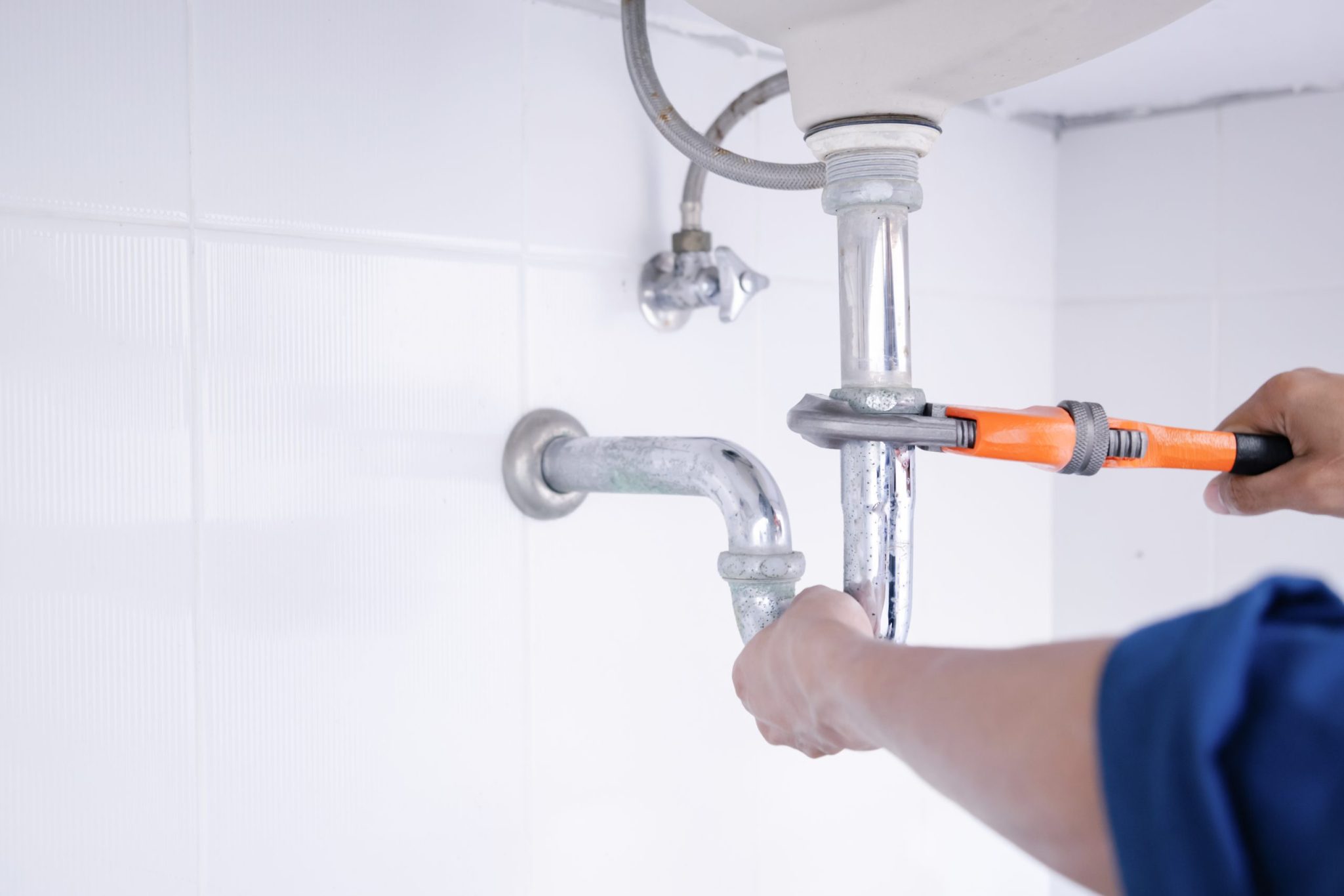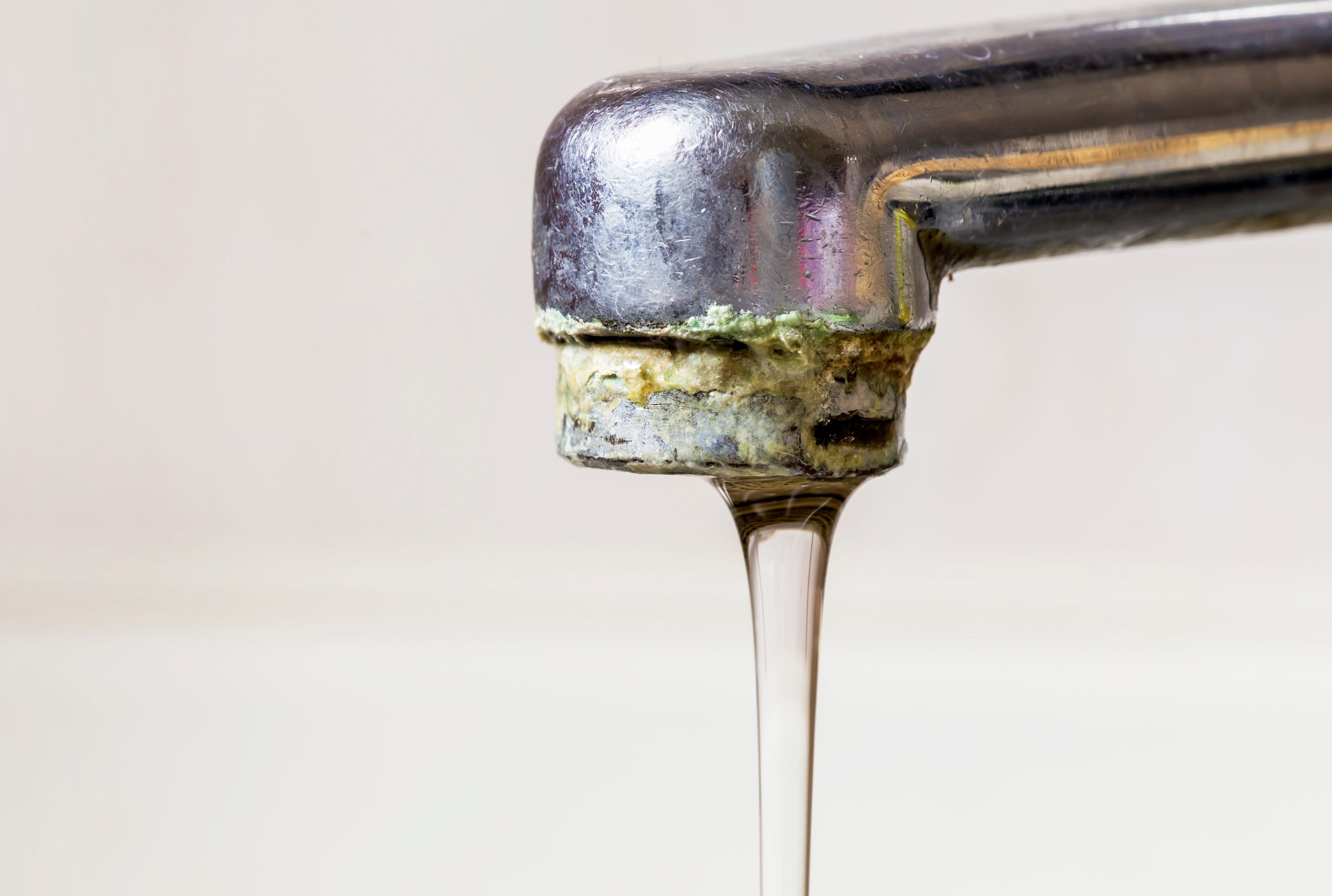Have you been searching for details around Plumbing Basics Every Homeowner Should Know?

Plumbing is a necessary aspect of any kind of home, responsible for supplying clean water for alcohol consumption, food preparation, and bathing, along with getting rid of wastewater securely. Recognizing the basics of home plumbing is necessary for each house owner to ensure proper maintenance, troubleshooting, and, if necessary, repairs. In this newbie's guide, we'll cover the fundamental concepts of home plumbing to aid you become extra accustomed to just how it works.
Water Heating Unit
The water furnace is accountable for home heating water for residential usage, consisting of showering, cooking, and cleaning. Typical sorts of water heaters consist of tank-type water heaters, tankless (on-demand) water heaters, and heat pump hot water heater. The water heater is connected to the supply of water system and supplies warm water to plumbing fixtures as required.
Water drainage System
The water drainage system eliminates wastewater from your home and lugs it away to a sewer treatment facility or septic tank. It contains a network of pipelines, fittings, and components that move wastewater from plumbing fixtures to the primary drain line or septic system. Correct drainage is necessary to stop clogs, backups, and sewage leakages.
Air flow System
The ventilation system assists keep proper atmospheric pressure and protect against sewage system gases from entering your home. Air vent pipelines, additionally known as air vent stacks, prolong from plumbing fixtures to the roof, permitting sewage system gases to run away securely outdoors. Ventilation pipelines likewise permit air to enter the water drainage system, facilitating smooth wastewater flow and preventing suction or vacuum effects.
Water System
The supply of water system brings clean water into your home from a municipal water resource or a personal well. It includes a major water line that attaches to your home's plumbing system, typically located underground. A water meter determines the amount of water taken in, while a shut-off valve allows you to control the flow of water right into your home.
Plumbing Fixtures
Plumbing components are devices that supply water to different parts of your home and consist of sinks, taps, toilets, showers, tubs, and devices such as dish washers and cleaning devices. Each fixture is attached to the supply of water system via pipelines and fittings and may have its shut-off valve for upkeep or emergencies.
Common Plumbing Devices
Having the right devices on hand is essential for executing fundamental plumbing repair work and upkeep tasks. Common plumbing devices include adjustable wrenches, pipe wrenches, pliers, pipe cutters, hacksaws, plungers, augers (or drain snakes), and Teflon tape. Having these devices conveniently available can assist you deal with minor plumbing problems successfully.
Basic Plumbing Repair Work
While some plumbing fixings might call for professional help, several usual problems can be attended to with standard do it yourself techniques. Learning just how to repair a leaky faucet, unclog a drainpipe, replace a toilet flapper, or repair a leaking showerhead can save you time and money on plumbing repair services.
Final thought
Recognizing the fundamentals of home plumbing is essential for each homeowner to keep a safe, functional, and efficient plumbing system. By familiarizing on your own with the water system system, plumbing components, drain system, air flow system, typical plumbing devices, and standard fixings, you can with confidence attend to minor plumbing issues and ensure your home's plumbing system operates smoothly.
Plumbing for Beginners: A Comprehensive Guide
If you’re a beginner when it comes to plumbing, don’t worry; you’re not alone. Plumbing may seem intimidating, but with the right knowledge and a little practice, you can handle many common plumbing issues on your own. In this comprehensive guide, we will demystify the world of plumbing for beginners, providing you with the basic knowledge and skills needed to tackle common plumbing problems and even take on some DIY plumbing projects.
The Importance of Basic Plumbing Knowledge for Beginners:
First and foremost, basic plumbing knowledge gives you a solid foundation. It helps you grasp the key concepts and terminology that are essential in this field. By learning the basics, you’ll be able to build upon that knowledge and tackle more complex plumbing tasks in the future.
Having a basic understanding of plumbing also enables you to handle common issues that may arise in your home. Picture this: a leaky faucet or a clogged drain. With some basic plumbing knowledge, you’ll have the confidence to troubleshoot and fix these problems on your own. It saves you from unnecessary expenses and the hassle of waiting for a professional to arrive.
As a beginner, learning the basics of plumbing empowers you to take care of your own home. It gives you a sense of independence and self-reliance. You’ll no longer have to rely solely on professionals for every small issue that pops up. Instead, you can handle many tasks yourself, saving time and money in the process.
Remember, everyone starts as a beginner. Embrace the learning process and take small steps to expand your plumbing knowledge. There are plenty of online resources, tutorials, and even local workshops that talk about plumbing for beginners.
Essential Tools for Plumbing for Beginners
As you start your plumbing journey, having the right tools in your toolbox is crucial. Let’s explore some of the must-have tools:
Adjustable Wrench:
This versatile tool is a staple in any plumber’s toolbox. It allows you to tighten or loosen nuts and bolts of various sizes. Make sure to have an adjustable wrench with a comfortable grip.
Pipe Wrench:
A pipe wrench is specifically designed for gripping and turning pipes. It has serrated jaws that provide a strong grip, making it easier to loosen or tighten threaded pipes and fittings.
Plunger:
The plunger is a simple yet effective tool for clearing clogged drains and toilets. It creates suction when you push and pull, helping to dislodge blockages. Keep a good-quality plunger handy for those unexpected clogs.
Pipe Cutter:
When it comes to cutting pipes, a pipe cutter is your go-to tool. It creates clean, precise cuts without damaging the pipe. Look for a pipe cutter that can handle the pipe sizes you’re working with.
Hacksaw:
A hacksaw is useful for cutting through pipes, screws, and other materials. It’s a versatile tool that can handle different cutting tasks. Remember to use a blade suitable for cutting metal.
Tape Measure:
Accurate measurements are crucial in plumbing. A tape measure allows you to measure pipe lengths, distances, and dimensions accurately. Opt for a sturdy tape measure that extends a good length.
Pliers:
Pliers come in handy for various tasks, such as gripping, bending, and cutting. Slip-joint pliers with adjustable jaws are great for gripping pipes, nuts, and bolts.

Do you really like reading up on Understanding the Basics of Your Home's Plumbing System? Post a remark down below. We'd be glad to hear your feelings about this write-up. We are looking forward that you come back again soon. Liked our piece? Please share it. Let someone else locate it. Thanks so much for going through it.
Call Today